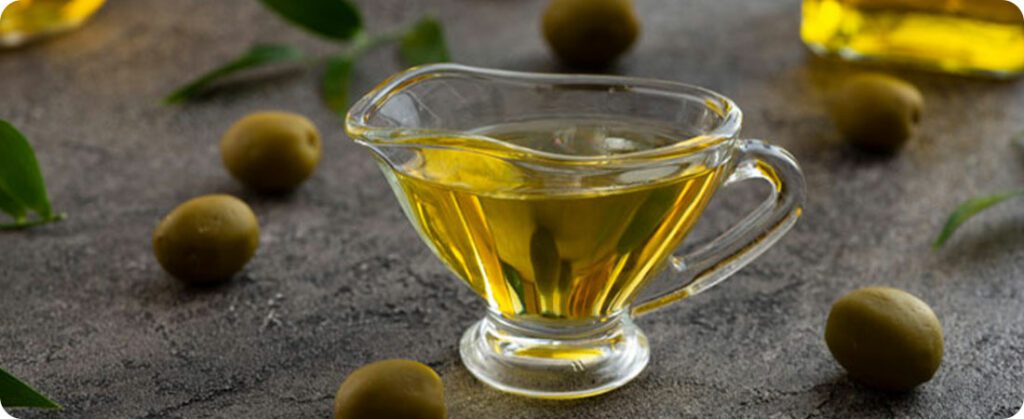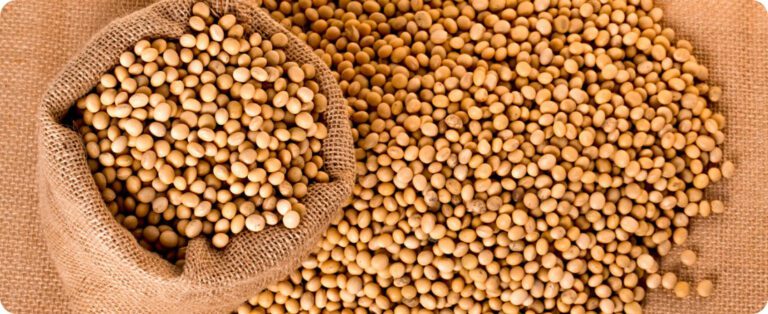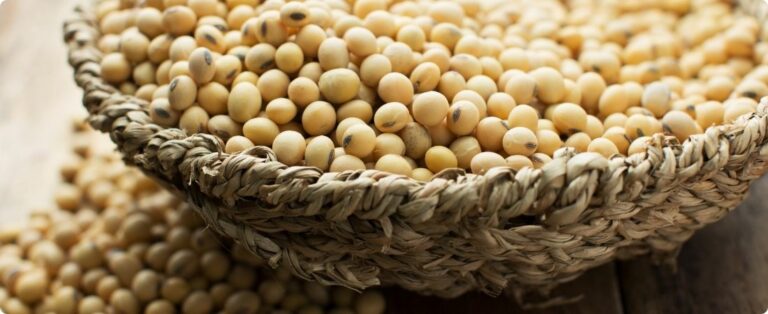
The production of olive oil in Rio Grande do Sul this harvest saw a reduction. According to data from the Secretariat of Agriculture, Livestock, Sustainable Production and Irrigation, 193.15 thousand liters were produced this year, compared to 580.22 thousand liters in the last harvest, a reduction of 67%. The already adverse weather conditions since last year, with torrential rains in September 2023 in part of the producing regions in the southern half of the state, led to this drop.
In relation to the initial production expectation, the decrease was 73%. As indicated by the president of the Brazilian Olive Oil Institute (Ibraoliva), Renato Fernandes, the 2023/2024 harvest really faced a varied climate. Last year began with a severe drought in the first three months. Subsequently, we had a winter with few hours of cold and, as a result, in the spring, flowering time, there was excessive rain in September, which compromised the flowering of the olive trees. Although October was relatively normal, some areas suffered from low temperatures and frost. Finally, in November, intense rains culminated in a major catastrophe in May in the State of Rio Grande do Sul, highlights Fernandes.
Olive farming and sustainability
For the leader, the break serves as a warning, even from a socio-environmental point of view, since these climate events cannot be prevented and it is necessary to prepare to live with them. This, according to Fernandes, brings to light the concern with the sustainability agenda. “It is important, based on these analyzes of these events, which today are an increasingly frequent reality, to point out concrete actions in relation to our ecosystem. Clearly, olive farming comes to add value. Currently, within our olive groves, based on the issue of carbon sequestration, we also have the preservation of riparian forests”, he reinforces.
Furthermore, the planted area in the State is approximately 6.5 thousand hectares. Among the main producers of olive oil are Encruzilhada do Sul, Pinheiro Machado, Canguçu and other municipalities in the South.
Source: Notícias Agrícolas















